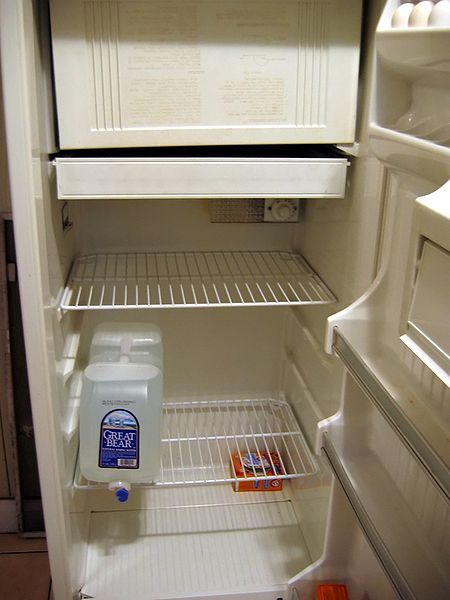Adaptations
Microscopic bacteria aren’t able to adapt to their surroundings right?
Wrong, in particular, Yersinia enterocolitica has developed into six biotypes: a group of organisms that are of genetically identical constitution. These biotypes are 1A, 1B, 2, 3, 4 and 5 (Huovinen, et al 2010) and over seventy serotypes have been described. Of these O:3, O:5,27, O:8, O:9, O:20 and O:13 are the most virulent. Biotype 1A lacks both the virulence plasmid pYV and the high pathogenicity island (HPI) and therefore all strains within biotype 1A are considered non-virulent. Biotypes 2-5 lack HPI but contain the pYV plasmid are considered low-virulent strains. Biotype 1B contains both HPI and the pYV plasmid making this biotype highly virulent (Garzetti, et al 2012). This level of genetic variation shows Yersinia enterocolitica’s ability to adapt to its surrounding environment. Also Yersinia enterocolitica is able to survive in cooler temperatures than most bacteria and therefore survives refrigeration allowing it to migrate from host to host more effectively. They can effectively survive within 4-42 degrees Celsius and optimum growth occurs from 28-29 degrees Celsius.
This picture was found on the public domain
Furthermore Yersinia enterocolitica is generally resistant to penicillin and strains have been reported to be resistant to tetracycline, chloramphenicol, streptomycin, and kanamycin. The best course of antibiotics for Y. enterocolitca includes ceftriaxone, ceftazidime, cefotaxime, imipenem , aztreonam, or moxalactam.
This picture was found on the public domain
Want to learn about a bacteria that has adapted to withstand radiation? Click here!
Learn about the nutrition

